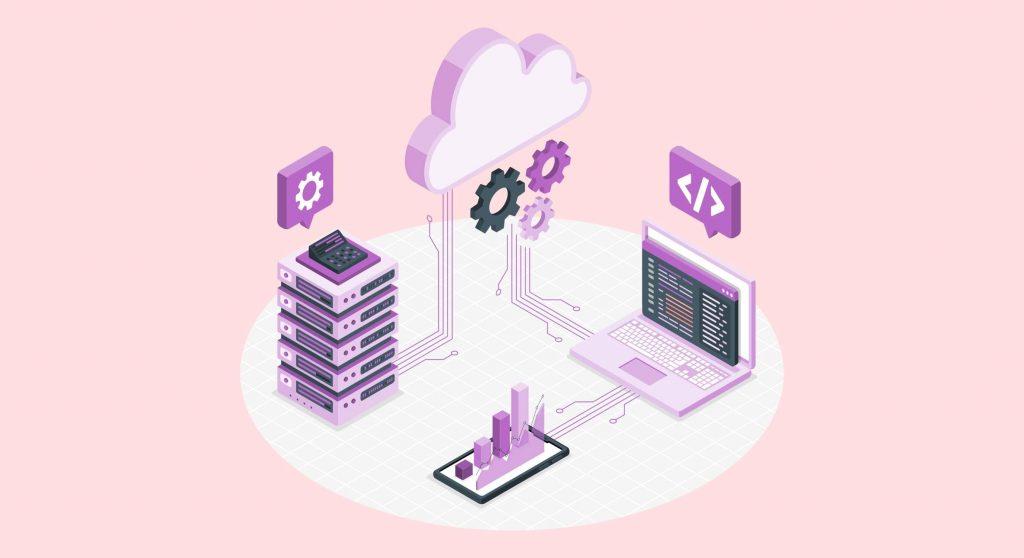Today, in 2025, Artificial intelligence has graduated from a futuristic buzzword to a tangible business tool. Integrating it into business is no longer a matter of ‘if’ but ‘how’. With the global AI market projected to surge towards nearly $2 trillion by 2030, businesses that don’t adapt to using this tool could very well be left behind. But adding AI to an existing application or platform isn’t as simple as a plug-and-play set up. The process must be a well-thought out strategic evolution. The best way to do things is with an expert AI development company.
Successfully weaving AI into an existing software ecosystem of a business requires pinpointing real problems and then applying targeted solutions using the right tools. It’s about ensuring the business can generate measurable value. According to a recent McKinsey survey, companies are already reporting that meaningful enhancements, all driven by the adoption of AI are making a big difference in their bottom line.
The Foundational Roadmap to AI Integration
Lacking a clear plan will waste valuable time and money. A planned strategy ensures that every action taken is deliberate and every tool integrated helps achieve the business’ main goals. Here’s how this can be processed:
1. Identify High-Impact Use Cases
It all begins with internal analysis. Instead of contemplating where AI can be used, start by figuring out pressing operational bottlenecks or opportunities for growth. It could be automating customer support queries, providing predictive analytics for sales teams, or optimizing supply chain logistics. Focusing on a specific goal, for example, reducing customer response times by 30% or improving sales forecast accuracy, creates a clear target for implementing an AI tool.
2. Assess Data Readiness and Infrastructure
AI is fundamentally data-driven. For it to be effective, the quality and accessibility of the data it’s trained on are paramount. Critical and honest evaluation of existing data infrastructure should be non-negotiable. For this, evaluating data collection methods, storage, security, and governance are vital. Poor data quality and a lack of data-sharing skills are among the top barriers to AI adoption. Cleaning, structuring, and ensuring a consistent flow of high-quality data is a prerequisite for success.

3. Choose the Right Integration Strategy: APIs vs. Custom Models
There are generally two paths for integration:
- API-Based Integration: For many standard functions like natural language processing (NLP), image recognition, or chatbots, leveraging pre-built AI models via APIs (Application Programming Interfaces) is the fastest and most cost-effective method. Services from Google Cloud AI, AWS, or OpenAI offer powerful capabilities that can be integrated quite easily.
- Custom Model Development: When a business problem is unique and calls for specialised solutions, a custom-built model becomes necessary. This offers a distinct competitive advantage but requires expertise in data science, machine learning, and software engineering. This is where partnering with a specialised AI development company will provide the necessary skills to build, train, and deploy a model tailored to specific business data and objectives.
4. Navigating the Challenge of Legacy Systems
Integrating AI into legacy systems is challenging due to common problems like isolated data, outdated code, and the absence of modern ways for software to connect. The solution often involves creating a “middleware” layer that acts as a bridge between the old system and the new AI service. This layer will extract relevant data, communicate with the newly integrated AI model, and then feed the results back into the legacy application’s existing workflow. This way a business can add AI to an existing application without a complete overhaul that could prove expensive.
5. A Phased Approach: PoC, Development, and Deployment
A “big bang” launch is risky; a more prudent strategy involves:
- Proof of Concept (PoC): Start with a small-scale PoC focused on a single, well-defined problem. It will demonstrate the viability of the solution and help secure buy-in from stakeholders.
- Iterative Development: After the POC’s success, the next step is to build the full AI feature. The focus should be on making sure it integrates smoothly with the current software and is easy for people to use.
- Rigorous Testing and Monitoring: Before a full rollout, the AI-enhanced system must be extensively tested for accuracy, performance, and security. And after its deployment, key performance indicators must be monitored consistently to ensure the model performs as expected and continues to deliver value.
Conclusion
In conclusion, integrating AI to simplify or accelerate performance and growth is not just a technical task it is also a strategic business initiative. It demands a clear vision, solid data foundation, and a realistic understanding of the current technological landscape. Whether it’s through leveraging powerful third-party APIs or engaging an expert AI development company for a custom solution, careful planning is a prerequisite. This is especially true when tackling the complexities of integrating AI into legacy systems. When businesses consider this upgrade a key part of their growth, they can successfully transform their existing software into intelligent, efficient, and future-ready platforms.